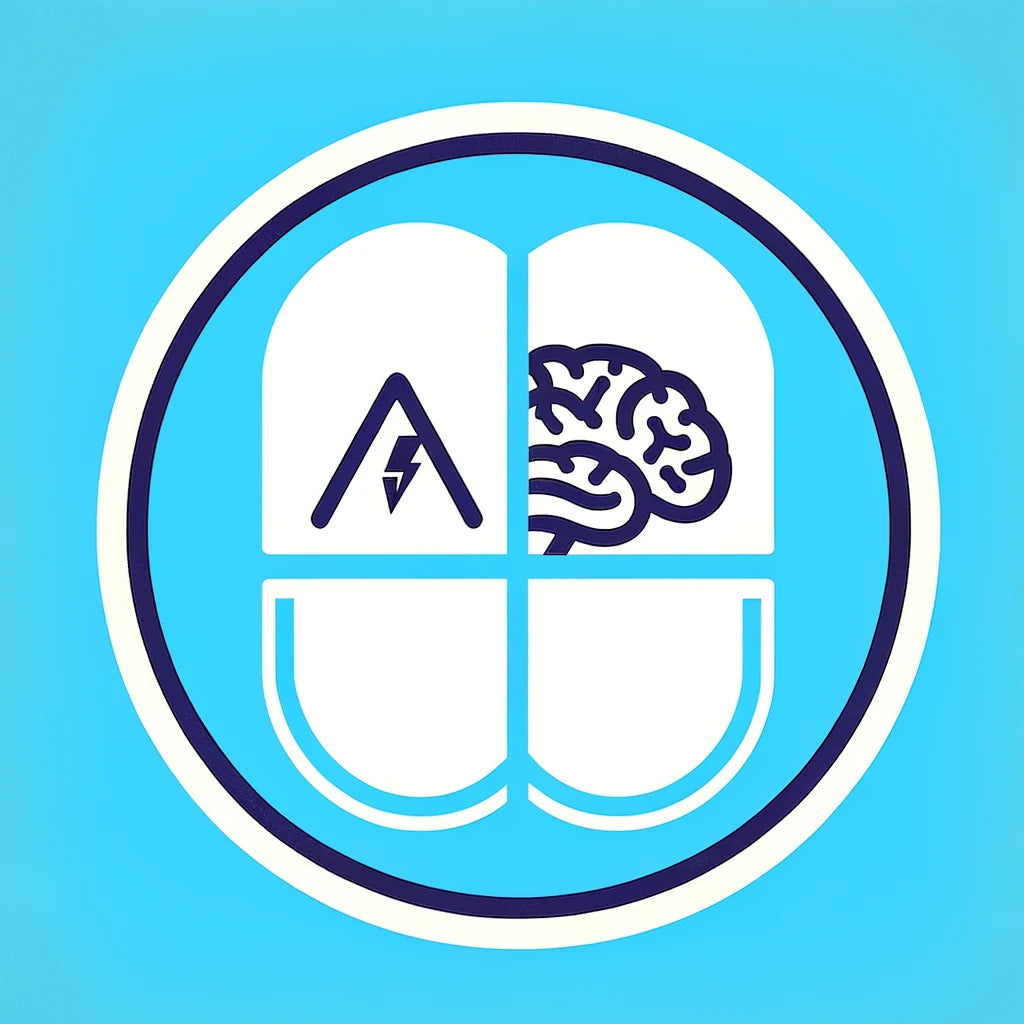Hey there, knowledge seekers! Ready for a deep dive into the world of ADHD? Over the past two decades, we've seen a significant uptick in ADHD cases among children. Yep, you heard that right!
ADHD: The Rising Tide
- From 1997 to 2016: Buckle up because ADHD rates in U.S. kids have zoomed from 6.1% to a whopping 10.2%! This fascinating tidbit comes straight from the esteemed Journal of the American Medical Association (JAMA).
- Boys vs Girls: Boys lead the charge with a 14% diagnosis rate, while girls are at 6.3%. But hey, it's not just a boys' game – girls are in the spotlight too!
The Diagnostic Evolution
- New Rules, More Cases: The way we spot ADHD has transformed. Today's criteria are more inclusive, capturing cases that might have been missed in the past. Especially crucial for those kiddos who don't fit the typical hyperactivity mold – looking at you, young girls!
- Inattention or Hyperactivity? Both Count!: Now, if a child struggles with either inattention or hyperactivity, and it's messing with their life quality, that's enough for a diagnosis. We're all about understanding the diverse faces of ADHD!
A Diverse Picture
- Racial Disparities Revealed: African American children are at the top with a 12.8% prevalence, followed by white children at 12%, and Hispanic children at 6.1%. This stat's got us thinking about the diverse ways ADHD affects different communities.
The Study Scoop
- Data Galore: Researchers pored over data from 186,000 children, aged 4 to 17, using the National Health Interview Survey. That's a lot of numbers and a lot of insights!
Why the Increase?
- Multiple Factors at Play: Better training for doctors, more public awareness, easier access to mental health services, and those updated diagnostic criteria all play a role.
- Digital Age Dilemma: Ever wondered if the digital world and ADHD are linked? It's a hot topic, but the verdict's still out. We do know that the digital age brings more distractions, which might mimic ADHD symptoms. The digital world's a double-edged sword – it's a gateway to incredible knowledge and connections but can also impact sleep, attention, and mental health.
Digital Media: A Balancing Act
- Family Media Use Plan: The American Academy of Pediatrics suggests creating a plan to balance the pros and cons of digital life. It's all about finding that sweet spot!
So, what's the takeaway? ADHD is more recognized now than ever, and our digital world might be influencing how we see and diagnose it. As we continue to unravel the mysteries of ADHD, it's crucial to stay tuned to the latest research and strategies. Let's keep our minds open and our curiosity sparked!
Researched Back Sources:
https://publications.aap.org/pediatrics/article/138/5/e20162593/60349/Children-and-Adolescents-and-Digital-Media?autologincheck=redirected
https://adhd-institute.com/user/login?destination=/assessment-diagnosis/diagnosis/dsm-5/
https://jamanetwork.com/journals/jamanetworkopen/fullarticle/2698633






Leave a comment
This site is protected by hCaptcha and the hCaptcha Privacy Policy and Terms of Service apply.